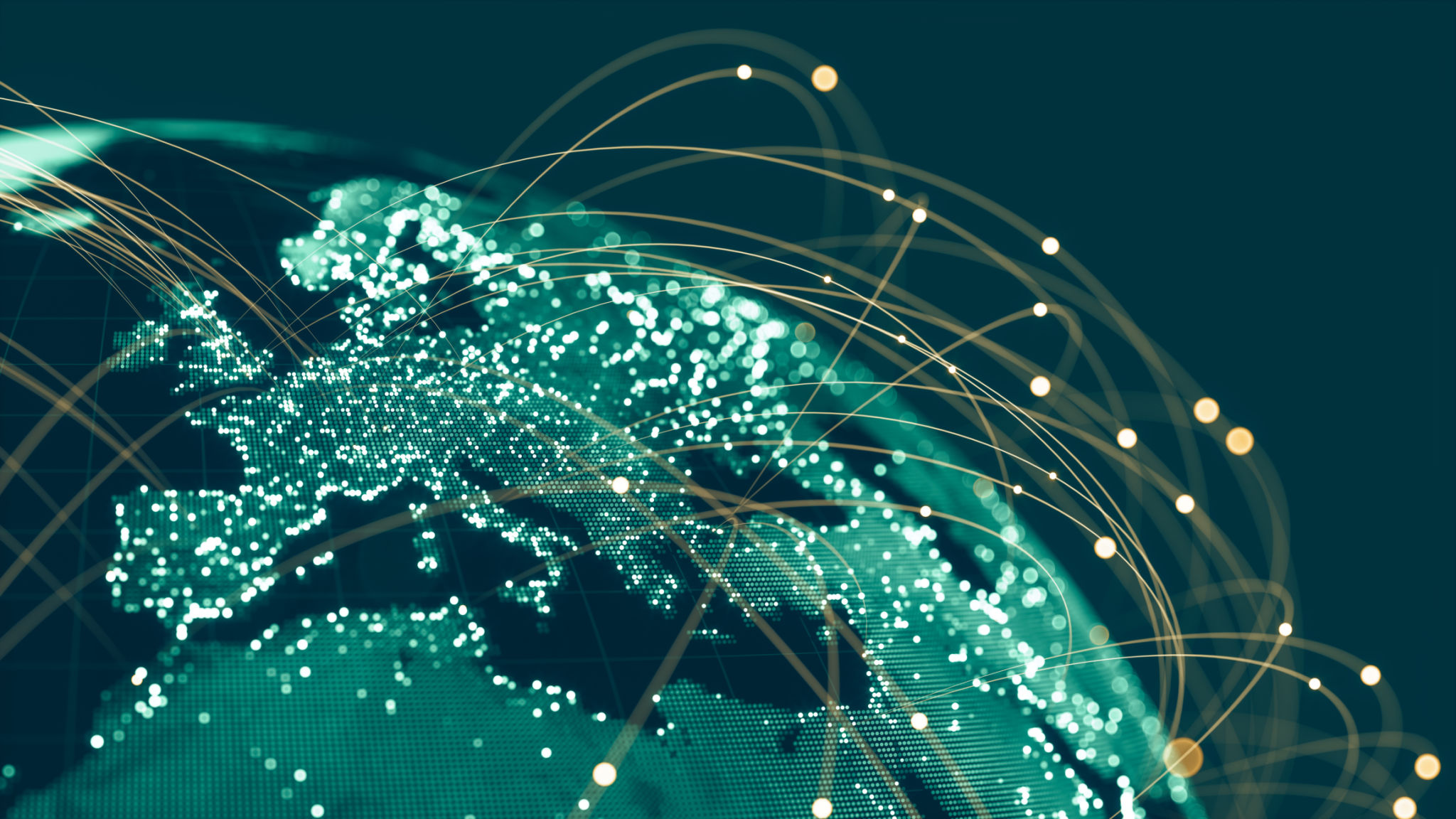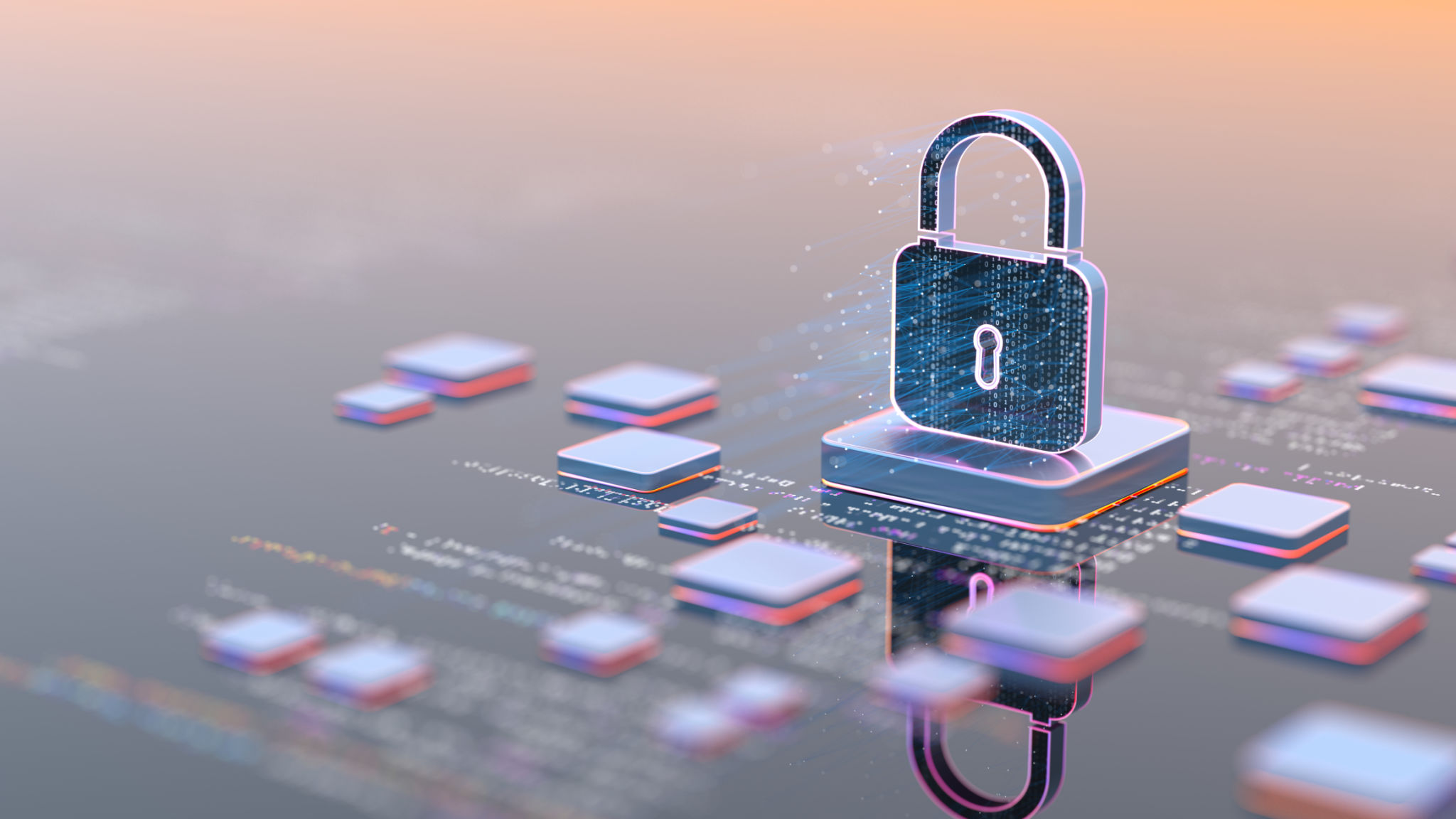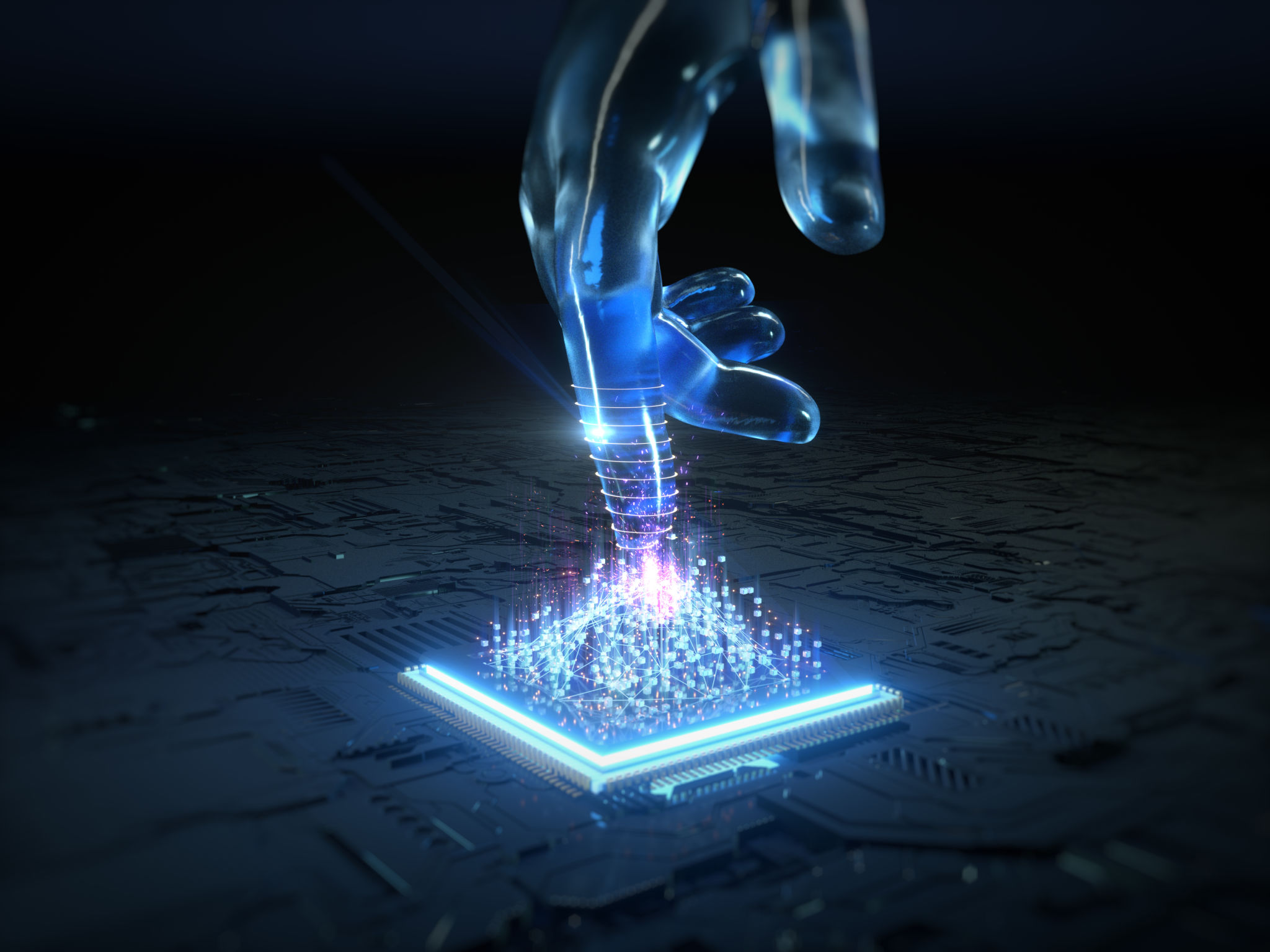Decentralized Applications: Revolutionizing the Web3 Ecosystem
Understanding Decentralized Applications
Decentralized Applications, commonly referred to as dApps, are a pivotal component of the Web3 ecosystem. Unlike traditional applications, dApps run on a blockchain or decentralized network, ensuring that they operate without a single point of failure. This structure not only enhances security but also fosters a more open and transparent digital environment.
The primary distinction between dApps and conventional apps is decentralization. In the absence of a central authority, dApps provide users with more control over their data and interactions. This shift is significant, as it aligns with the core principles of Web3: democratization and user empowerment.

The Core Benefits of dApps
One of the standout advantages of decentralized applications is their resilience to censorship. Traditional platforms can restrict or manipulate content; however, dApps operate on a decentralized network, making it exceptionally difficult for any single entity to impose such constraints.
Furthermore, dApps offer enhanced transparency. Every transaction or interaction is recorded on an immutable ledger, allowing users to verify and trust that the information is accurate and unaltered. This level of transparency is crucial for industries where trust is paramount.
Security and Privacy
Security is another area where dApps excel. By eliminating central points of vulnerability, decentralized applications are less susceptible to hacks and breaches. User data is stored across a network of nodes, ensuring that even if one node is compromised, the data remains secure.

The Role of Smart Contracts
Smart contracts are integral to the functionality of many dApps. These self-executing contracts with the terms of the agreement directly written into code allow for seamless operations without the need for intermediaries. This automation reduces costs and increases efficiency.
In practical terms, smart contracts can automate processes such as payments, legal agreements, and supply chain logistics. Their ability to execute tasks without human intervention makes them a valuable tool in streamlining operations across various sectors.
Challenges Facing dApps
Despite their numerous advantages, decentralized applications face several challenges. One of the most prominent is scalability. As the number of users increases, networks can become congested, leading to slower transaction times and higher fees.

Moreover, user experience can often be less intuitive compared to traditional applications. The complexity of interacting with blockchain-based systems can be a barrier for widespread adoption. However, developers are continuously working on solutions to enhance usability and make dApps more accessible to the average user.
The Future of dApps in Web3
As we look to the future, the potential for dApps within the Web3 ecosystem is immense. With ongoing advancements in technology and infrastructure, we can expect to see more sophisticated and user-friendly decentralized applications emerge.
Industries such as finance, healthcare, and supply chain management are already witnessing the transformative impact of dApps. As these applications become more prevalent, they will undoubtedly play a crucial role in shaping the digital landscape of tomorrow.

